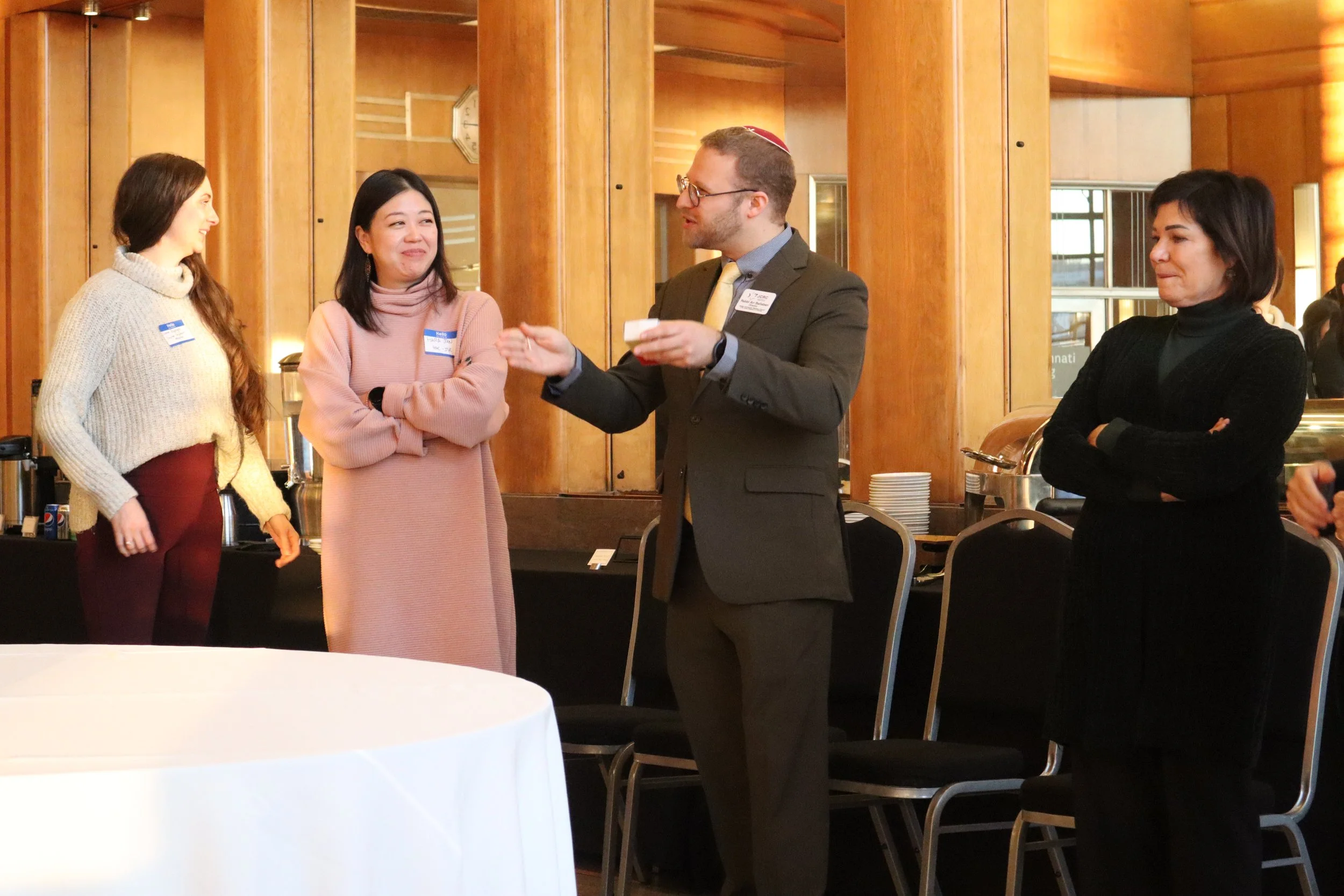School Year Begins with Calendar Collision (Temple Beth Or)
We are just on the verge of beginning a new year of Makor, and—already!—we are preparing to take our first break. Major begins on September 10th and we will begin our high holiday recess after Makor on September 17th.
There are many schools in the United States that don't have a fall break from school during the first half of the school year. This makes sense, of course: Because of Thanksgiving, we automatically have a break from things at the end of November. Nevertheless, even those schools which do take a fall break usually at least wait more than a month before giving students time off.
But things are not so in the Jewish world. The timing of the high holidays vary from year to year, but—if my math doesn't fail me—this year we only have *seven* [italicize] days before taking our break! And, more than that, this is not a break for some minor holiday or unimportant occasion. Instead, this is a break for two of our core religious occasions, Rosh Hashanah and Yom Kippur.
To say the least, the situation created by the collision of these two unrelated calendars—one contemporary, Western, and academic and the other ancient and Jewish—has strange consequences. Rabbis more experienced and wise than myself have likened this calendrical intersection to *beginning* [italicize] the football season with the Superbowl. I can't say I disagree with that assessment!
However coincidental the creation of our modern scenario may be, we may still find meaning in it. In fact, I would suggest that there are few things more traditional in Judaism than striving to discover deep meaning in the seemingly mundane. And, in fact, even our ancient biblical calendar betrays the reality that the individuals—multitudinous, geographically far-flung, and chronologically diverse as they were—were forced to harmonize multiple calendars in their own lives. Tishrei, the Jewish month during which the high holidays fall, holds at least two (depending on how you count) entirely different types of calendrical celebrations, agricultural (Sukkot) and religious (Rosh Hashanah, Yom Kippur, and Simchat Torah). In fact, even the name for this month hints at the multi-calendared reality Jews have lived for millennia: Tishrei, along with all the other so-called Jewish months, was actually a month from the Babylonian calendar which the Jews long ago adopted.
And so, reflecting on the oddity of our Jewish calendar, I encourage everyone to feel empowered and comforted knowing that we actually are experiencing something as traditional as the Torah itself. Like our ancestors, we too will find—sometimes of necessity, sometimes for inspiration—new ways to navigate the many cultural circles that we as Jews living among other peoples must necessarily traverse. I wish you all a shanah tovah u'metukah, a good and sweet new year, as we begin Makor together and then promptly break for our high holiday recess!

